
Do you have a question about the Honeywell Fire-Lite Alarms D350RPL and is the answer not in the manual?
| Operating Voltage Range | 15-32 VDC |
|---|---|
| Alarm Current | 6.5 mA @ 24 VDC |
| Operating Temperature Range | 0°C – 49°C (32°F – 120°F) |
| Operating Humidity Range | 10% to 93% non-condensing |
| Type | Photoelectric |
| Compatibility | Fire-Lite alarm control panels |
| Height | 5.1 cm (2.0") |
Overview of the D350RPL duct smoke detector, its function, and features.
Lists all components included in the D350RPL duct smoke detector housing kit.
Instructions for checking air velocity parameters for detector installation.
Steps for drilling holes in the duct using the provided mounting template.
Detailed guide for installing the sampling tube in narrower ducts.
Guidance for installing sampling tubes in wider air ducts.
Specific instructions for installing sampling tubes in medium-width ducts.
Instructions on how to properly install the sampling tube filters.
Guidelines for wiring the duct smoke detector according to codes and best practices.
Procedures to test how smoke enters the detector's sensing chamber.
Method for verifying air flow using a manometer and differential pressure.
Using aerosol smoke to test air flow in low-flow systems.
Visually checking obstructions and testing smoke entry with direct application.
Using a specific transmitter to measure air flow and differential pressure.
Verifying detector status and trouble conditions via LEDs and system panel.
Procedure for testing the detector's alarm function using a magnet.
Testing alarm capability using compatible remote test station accessories.
Procedures for testing detector sensitivity and system readiness.
Instructions for inspecting, cleaning, or replacing air filters.
Steps for cleaning and maintaining the photo detector chamber and screen.
Procedure for removing and replacing the sensor board.
Procedure for removing and replacing the power board.
Key operating parameters including voltage, temperature range, and air velocity.
Standby/alarm current needs and accessory load details at 24 VDC.
Electrical contact ratings for alarm and supervisory relays.
Information on programming detector features via intelligent system control panels.
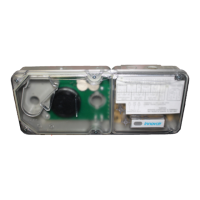
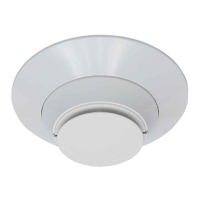
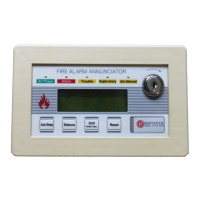
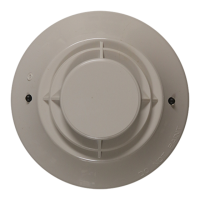
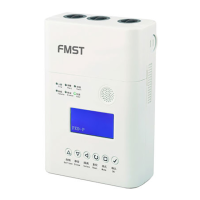
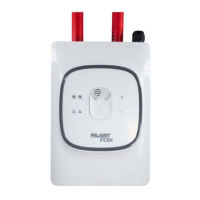

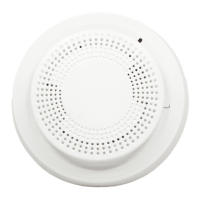
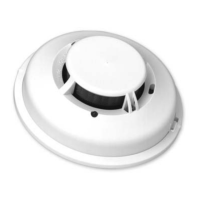
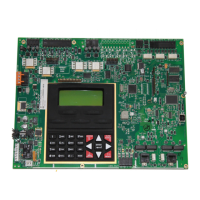
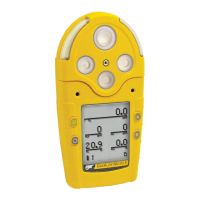
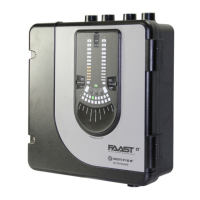
